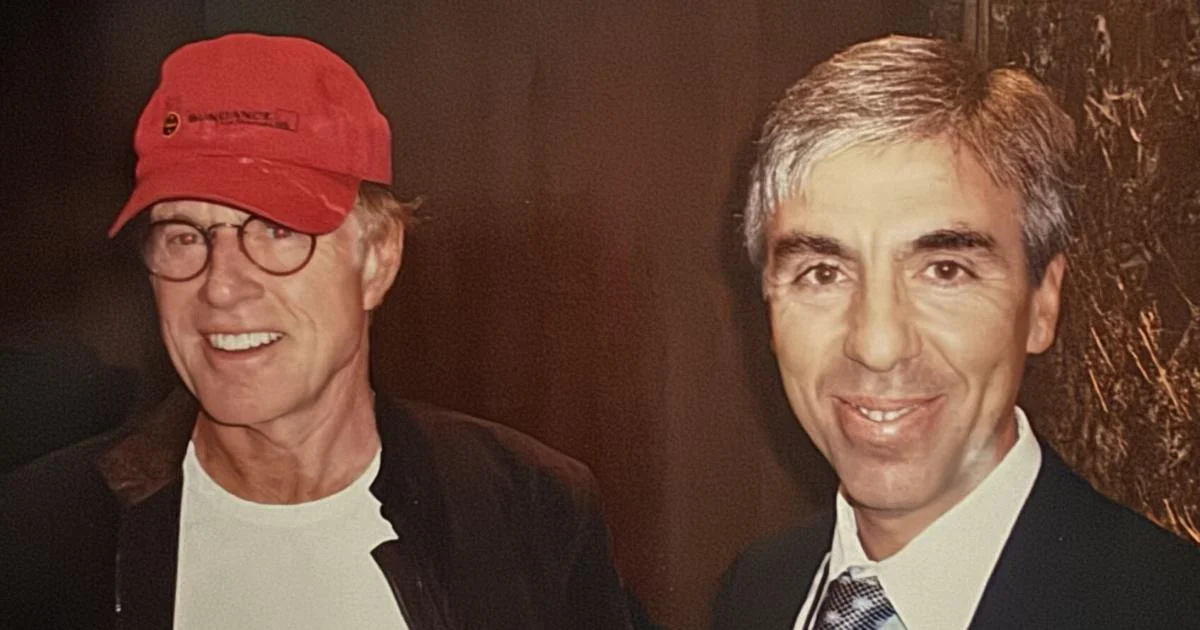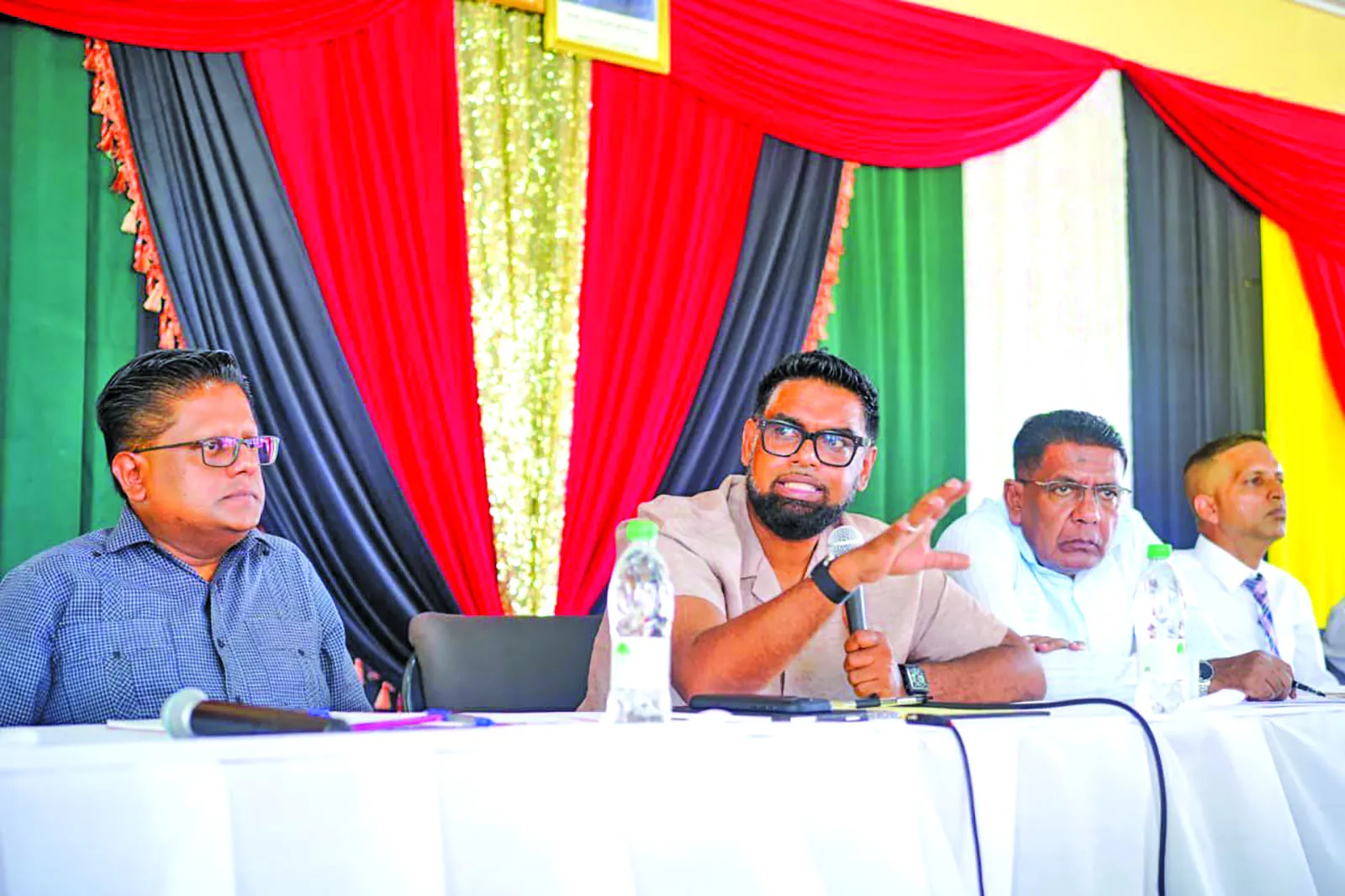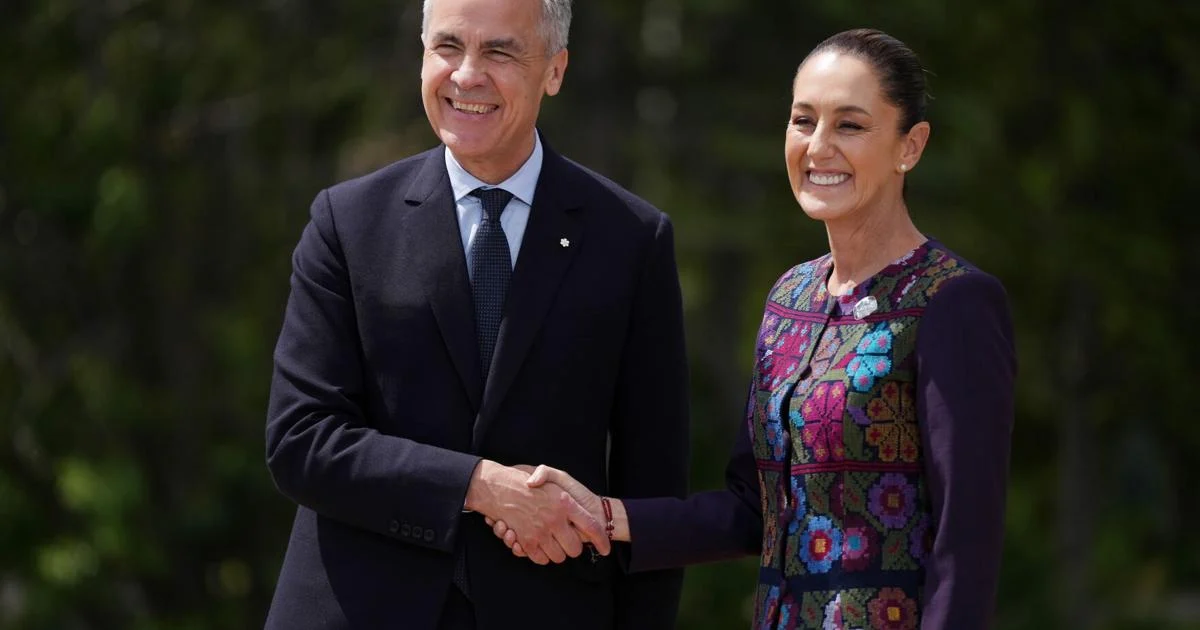By By Dalton Delan
Copyright berkshireeagle

This is a tale of two Bobs. One I knew well, the other less so. One is now gone to another mountaintop. The other is still on the road, the darkest part that comes with age. Let’s begin.
My interest in Bob Dylan took root early on. A friend of the family had known him in the secret summer of 1959 at the Devereux School for troubled adolescents in Pennsylvania. Hearing his early records and imagining a bit of what he’d gone though, I felt a connection. I grew to relate deeply to his music, like many others of my generation. Eventually, filmmaker friends the Raymonds and I explored making an unauthorized documentary on Bob Dylan.
Fast forward to a day in 1996 when I learned the startup cable channel I ran programming for in Atlanta was being sold. Mind reeling, I was unusually inattentive when an old colleague called. They said “Bob” wanted to meet me and asked if I fly out to Malibu. Was it fate? Might the dormant documentary be revived? I was on a redeye and driving the next morning to the address I’d been given around Point Dume, where I’d heard Dylan lived.
I did a double-take at the doorway. His was a familiar face for sure, but not yet Bob to me. The famous face was worn by Robert Redford. I tried to conceal my surprise. He left the room for several minutes, and I studied a few ink portraits on his walls. The lines were deep and expressive. When he came back in, I remarked on these. He smiled that million-watt smile.
“I did those.”
He had started out to be an artist. Then he became his artwork.
Famous artists of my acquaintance live a paradox: They set out to excel, but living with fame is an airless space, surrounded by sycophants. One part of the artist fights their own insecurity by developing a taste for the approbation of yes-men. A different part seeks other public figures, childhood friends or anyone who will treat them not as a fan would but as a regular person.
Between my disappointment at which Bob I’d met and my appreciation for his artwork, the star who insisted I call him “Bob” was comfortable with me. Soon after, I became creative head of his new Sundance Channel, tasked with bringing a version of the Sundance Film Festival to television. I served two years before the mast on Bob’s ship.
I learned a lot. Bob thought outside the box. Anything we printed was off-register, so much so that publications thought our designer messed up. I programmed a slate of foreign films. I was told no one would watch, but they drew higher ratings: Viewers outside of the few cities with international fare were hungry for something culturally distinct. Collaboration with Bob was frustrating. I was no yes-man. He was Bob. I wasn’t.
There is a photo of Bob and me a few years later at the Kennedy Center. He was there to honor Neil Simon, who was receiving the 2006 Mark Twain Prize for American Humor — ironically, something I had brought to public media in my next job. It was ironic because Bob and I eventually parted ways over a slate of short films with a humorous take on cultural subjects. I had intended to run these among the movie trailers in arthouse cinemas to engage interest in the channel. In his roles, Bob portrayed humorous characters such as the Sundance Kid (hence the film festival), but when not acting his funny bone had osteoporosis. He missed the joke in our storyboards, and the project died.
I moved on. Bob was heartbroken when Sundance Channel was sold to a competitor, the Independent Film Channel, in 2008. There wasn’t room in the marketplace for two. Today’s Sundance Channel bears no resemblance. Everything is streamed series, reality TV and little original Sundance ethos. In 2027, the festival will leave its longtime home in Park City, Utah, and move to Boulder, Colorado. The Sundance catalog and stores recently shut down. And now Bob is gone.
In 2010, in the midst of a blizzard, I escorted that other Bob, the one I’d originally intended to work with, into the White House. Dylan was there to tribute music from the civil rights era. He rehearsed at length to deliver “The Times They Are A-Changin’.” With Barack Obama in office, they seemed to be. “Long ago, far away, things like that don’t happen nowadays,” Dylan sang back when I was first captured by his music in the early 1960s.
The heyday of indie film is gone. Yet something of that spirit — an American independence Robert Redford championed well — lives on in the edgy work of the better practitioners of streamed drama. Iconic Redford roles endure as well. Last of the matinee idols. Both Bobs touched me deeply. We are lucky to have had them.



